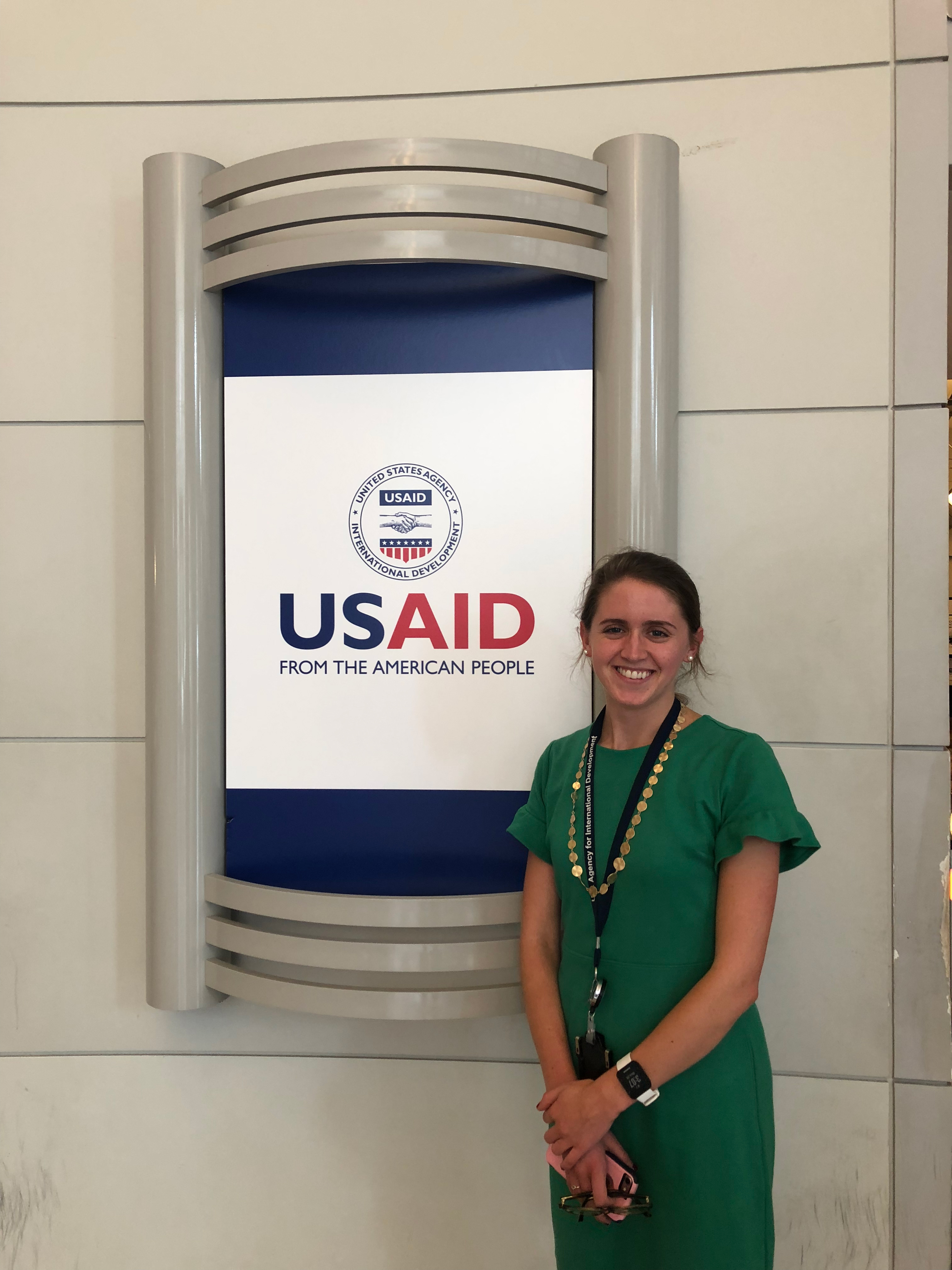What Is Public Diplomacy?
When I tell people that I’m studying Public Diplomacy I get a variety of responses. These range from “Wow that’s great!” to “Well you should have gone into engineering” to “What even is that?”
Public diplomacy isn’t the most recognizable term. I have to admit I wasn’t familiar with it myself before I applied to the program at Newhouse. Although there is no official definition, public diplomacy is generally understood as the process of communication with foreign audiences through various channels and forms, “based on the complex relationship between… the government, the media, and public opinion” (Gilboa 2006). Most people fall asleep by the time I get to the end of that.
More negative folks might even describe the purpose of public diplomacy as the spreading of the “p word”…. propaganda. I believe, however, that definition is largely outdated and more suited for the Cold War era.
I would answer the question still more simply. To me, public diplomacy is about breaking down barriers to communication across cultures, ultimately leading to better relationships and understanding.
Ok… settling on a definition is all well and good but we’re still left with a more difficult question, one recently posed to me by my 89-year-old grandmother, “So what will you be at the end of all this?”
This is a simple (terrifying!) question with a complicated answer.
Truthfully, I don’t exactly know yet. Unlike many other professional programs I can’t say that once I finish and pass a certification exam I’ll be a lawyer, nurse, doctor, or accountant. There is no set track for public diplomacy.
But that’s what I love about it. While I can’t tell my grandmother exactly what my job title will be, I am certain of a few roles I will play.
I’ll be a communicator. An advocate. A storyteller.
I might land in the government, from the State Department to the Foreign Service, or in the non-profit sector, and I might even take a crack at the corporate world. Chances are I’ll end up in each area at some point in my career. Although this ambiguity is a little stressful – and my grandmother is probably a little concerned about my ability to pay the bills – I find it energizing.
Now that I’m in the second year of my program I have a bit more perspective. I spent this past summer working at the United States Agency for International Development in Washington, DC where I got a taste for public diplomacy and international communication in a major federal agency.
As a Public Affairs Intern in the Bureau for Legislative and Public Affairs I had the opportunity to work with senior leadership to help tell USAID’s story to the American people and to the world, to build lasting relationships through communications. My main responsibilities included everything from editing blog posts for international audiences from USAID missions around the world (like this one from North Macedonia), to pitching and writing my own blogs, to building social media toolkits for Agency newsletters, to joining high-level meetings with senior leadership and external partners.
As my work in the classroom came to life through my internship, my understanding of public diplomacy has continued to evolve, as I’m sure it will continue to do throughout my career – wherever it takes me.
